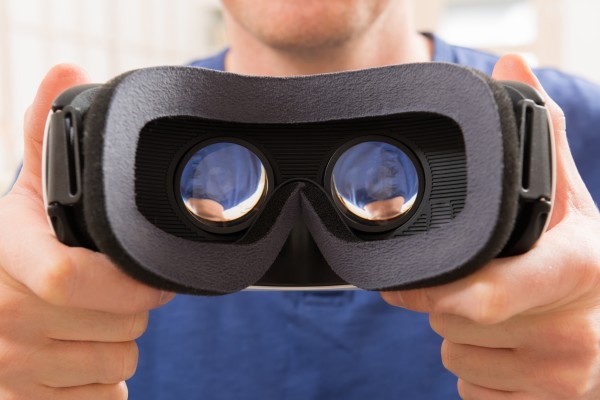Virtual reality has been shown to make trips to the dentist less painful
But it very much depends on what you’re shown.

Dentist surgeries can make a lot of people anxious and afraid. And with sharp, pointy and often loud tools being poked around your mouth by a masked human, that’s not entirely surprising.
But one study has found virtual reality can act as a kind of antidote, both in the moment and when recollecting the experience – but only a certain type of VR.

Volunteers needing fillings or teeth pulled out were separated into three groups, with two receiving VR headsets and the third not, by researchers.
Everyone who needed it was given pain medication or a local anaesthetic, but one group was given a VR headset showing scenes in nature – specifically a coastal walk – while the other was given a city to explore.
The researchers at Plymouth University surveyed the 70 patients immediately after treatment and followed up one week later, where they were given a telephone-based questionnaire based on memories of the experience.

As was hypothesised, those who had the nature-based VR experience associated significantly less pain with the experience than either of the other groups – both immediately after treatment and during the follow-up.
Those who had the city VR experience also reported less pain and stress, although not significantly lower than those who received standard care.
The researchers say this shows that pain reduction wasn’t just down to a distraction effect from the VR, but the specific experiences.

“We showed that the pain reduction was only found for a restorative coastal environment but not for a built urban environment, even though we included natural elements in the city to provide a conservative test.
“The latter finding speaks against a mere distraction effect, because if it were distraction both VR environments should have had similar effects,” the study’s authors wrote in the journal Environment and Behaviour.
“Our results demonstrate that the content of the VR is pivotal.
“With the fast growing technological possibilities, this research points to the need to carefully consider VR content and existing theories of nature and well-being when applying VR distraction in clinical pain management.”





